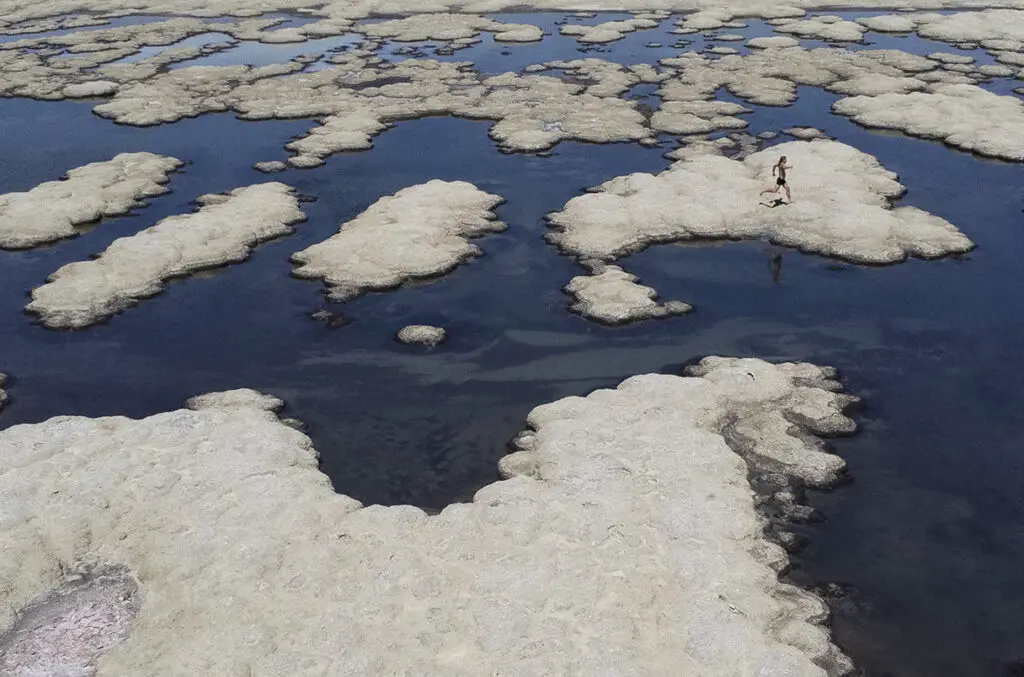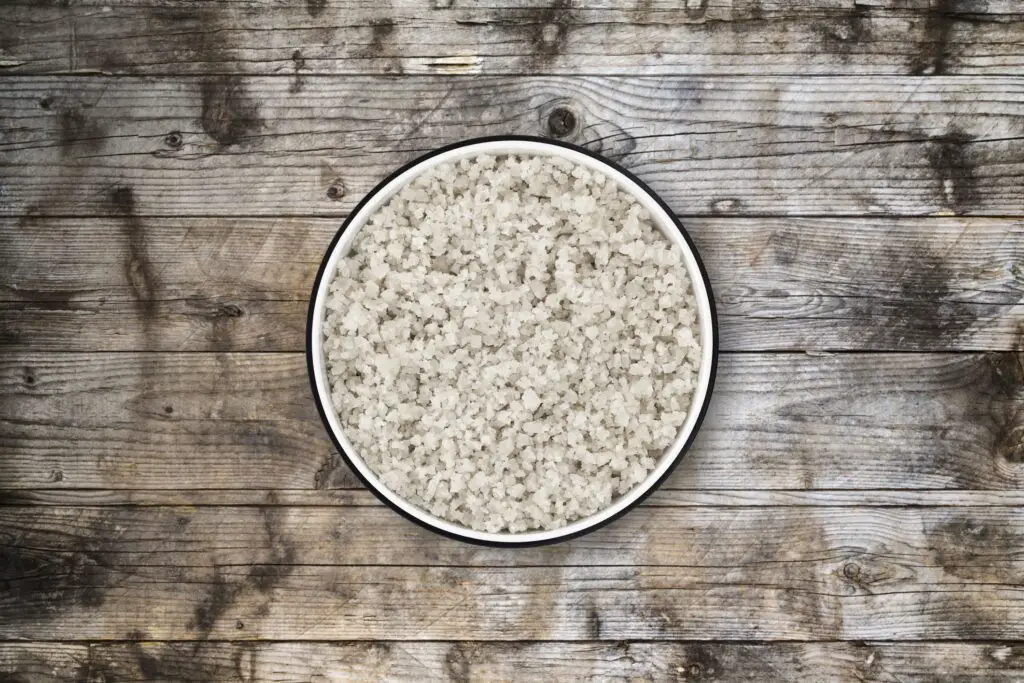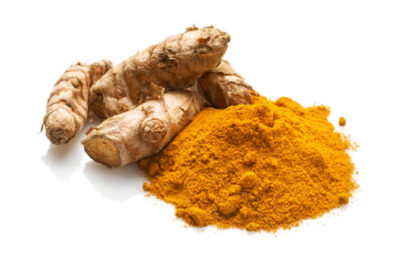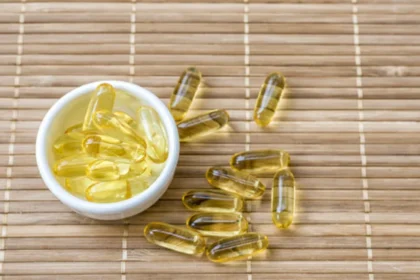When it comes to seasoning our food, salt is an essential ingredient that adds flavor and enhances the taste of our meals. However, not all salts are created equal.
The market offers a variety of options, including pink Himalayan salt, sea salt, Celtic salt, the commonly used table salt, among many others. While they may appear similar, a closer look reveals distinct differences in their composition, sourcing, and health benefits.
In this article, we’ll chisel out the truth behind these salts and delve into the intriguing world of salt varieties, exploring their unique characteristics and the impact they can have on our health.
What is Salt?

Edible salt is actually sodium chloride and whether you have considered before or not, salt is an inseparable part of civilization. It is used for preservation and seasoning purposes by humans for hundreds of years.
As salt has the ability to preserve food, it rendered the transportation of food possible. So, in a way, it contributed to the development of civilization.
How is this amazing compound made? Salt can be produced by using different methods depending on the source, such as sea, mine, or lake, which is a determiner in its flavor, size, and texture.
Sodium Levels and Sodium Chloride
While all salts primarily consist of sodium chloride, the varying crystal structures and mineral content can affect how the body processes and utilizes sodium. Pink Himalayan salt, sea salt, and Celtic salt may contain slightly lower levels of sodium compared to table salt, resulting in a less concentrated sodium intake.
This can be beneficial for individuals who need to monitor their sodium consumption. However, it’s important to note that all types of salt should be consumed in moderation to maintain a balanced diet.
These qualities create different types of salt:
Table Salt

Table salt is commonly what people think of when they say “salt.” It has very fine grains. Table salt can be produced through mining or evaporation. But as it is further processed, it gets purified of trace minerals and contains added potassium iodide and caking agents to prevent clumping. Definitely the least healthiest of the bunch
Kosher Salt
Kosher salt is one of the most notable salts on the list. The most distinguished feature of kosher salt is its coarse texture. Compared to table salt, kosher salt has larger crystals and does not contain additives. Moreover, it dissolves easily.
The term “kosher salt” simply refers to the salt’s traditional use in the koshering process. It has become widely adopted in the culinary world to refer to this particular type of salt due to its unique texture and larger crystal size, which makes it ideal for various cooking applications.
Sea Salt
Sea salt, as the name suggests, is produced by the evaporation of seawater. All sea salt is not the same, though. The mineral content and evaporation methods vary depending on the area the salt is produced. Therefore, it is best to buy high-quality sea salt to cook with, as to retain the highest mineral content.
Sea salt has been used by humans since prehistoric times. It is commonly used today as well for not only culinary purposes but also in baths, body scrubs, and some beverages.
Lake Salt

It is similar to sea salt, but the salt derived from salt lakes is almost perfectly pure. Largest Salt Lake in the world is Great Salt Lake in Utah, United States. There is a Salt Lake in Central Anatolia, Turkey as well.
We can say that the most natural salt type is lake salt since it does not contain any heavy metals or chemical impurities. Lake salt can be different grain sizes like fine salt, extra fine salt and coarse salt which gives nice flavor to your food.
Pink Salt
Another one of the different types of salt in the world is pink salt. As its name points out, one of the notable characteristics is its pink hue. The most known version of pink salt is the Himalayan which is mined in Pakistan. There is also a lesser-known version of pink salt which is the Bolivian.
Pink salt is chemically quite similar to table salt although they differ a lot in terms of appearance. Pink salt contains 98% sodium chloride just like table salt.
The big difference in this salt is the natural trace minerals, such as potassium, magnesium, and calcium which give it the pink hue. There are 84 trace minerals to be exact, and they can help regulate your bodily functions and, most importantly, maintain electrolyte balance. Due to its compact crystalline structure, the human body quickly absorbs these minerals.
Gray Salt (Sel Gris)
Gray salt is harvested by hand from clay-lined pools. Sel Gris is produced from the salt ponds in the Guérande region of France. It is the clay in the pools that gives the salt crystals a gray color.
The clay suffuses the salt with minerals such as calcium, manganese, and iron. Gray salt has a flaky, soft texture and has natural moisture to itself. This may be why we don’t see it on grocery store shelves often.
Fleur de sel Salt Flakes
Fleur de sel is quite an expensive and rare type of salt. It is harvested from the thin crystalized layer that rises to the surface of the saltwater ponds in the shallow seawater of the Brittany coast in France. Compared to table salt, it contains less sodium and more minerals and has a briny flavor.
If you are looking for a low-sodium salt, and don’t mind spending a little extra, this salt may be what you’re looking for.
Himalayan Black Salt

This type of salt is actually purple/red in color rather than black. However, its original name kala manak means “black salt.” Its color comes from the mineral greigite. Also, Himalayan black salt contains sulfur which gives it a harsh smell. Moreover, it has a square crystal structure.
Black salt has antioxidant properties and has surprisingly low sodium levels. It also contains important minerals like iron, calcium, and magnesium, which are essential to healthy bodies. Black salt stimulates bile production in the liver, and helps control heartburn and bloating.
Hawaiian Black Lava Salt
Hawaiian black lava salt is harvested through the evaporation of pools on hardened lava flows. After the harvest, the salt is mixed with activated coconut charcoal. It may have a slight sulfur aroma to itself.
This salt has similar health properties as the Himalayan Black Salt mentioned above.
Hawaiian Red Salt (Alaea Salt)
This salt gets its name from the clay that is rich in iron oxide ‘alaea’ which is mixed with the harvested unrefined sea salt. This red volcanic clay gives the salt its characteristic brick red color. Historically, Hawaiian red salt has been used for religious ceremonies. It is also used in various native Hawaiian dishes.
It is comprised of some 80 natural elements, electrolytes and trace minerals, like potassium and magnesium. Red alaea is also rich in iron oxides, which makes for a great digestible form of dietary iron. Not only is this salt mineral rich but its rich in flavor too.
Pickling Salt
Pickling salt is mostly used for pickling purposes. It has a coarse texture and does not contain iodine, minerals, or anti-caking ingredients. It also has fine granules which make it easier to dissolve in brine when pickling.
Celtic Grey Sea Salt

Celtic grey sea salt is harvested from the tidal ponds in the Celtic Sea, off the coast of France. It gets its grey color from the minerals that are left after the seawater is evaporated. Its crystals are typically shaped like pyramids, thin and light.
Doctors recommend using Celtic salt to help lower high blood pressure because it contains 82 minerals in a balanced form, including magnesium which can help water absorb into cells
Cyprus Black Lava Salt
This salt resembles Hawaiian black salt, however, it is harvested from the island of Cyprus in the Mediterranean Sea. It forms through natural solar evaporation. Moreover, it is mixed with activated charcoal.
This black salt has health properties similar to the other black salts mentioned above.
Flavor and Culinary Uses
Each salt variety possesses unique flavor profiles that can enhance dishes in different ways. Pink Himalayan salt offers a subtle, slightly sweet taste, while sea salt carries a briny, oceanic flavor.
Celtic salt boasts a robust and earthy taste. Table salt, often highly processed, tends to have a more intense and salty flavor. The distinct characteristics of these salts make them suitable for various culinary applications, including seasoning, marinating, and finishing dishes.
Heavy Metals In Most Salt Brands
Understanding the differences between pink Himalayan salt, sea salt, Celtic salt, table salt and others unveils the complexity of the salt industry and its impact on our health. While all salts contain sodium chloride, their mineral composition, sourcing, and processing methods set them apart.
If I can make a solid recommendation, try:
Ava Jane’s Kitchen Salt Tastes Amazing, It Enhances The Flavor Of Your Food… AND It’s Actually Good For You!
Click Here To Colima Salt From Ava Jane’s Kitchen.
By choosing the right salt for our culinary endeavors, we can savor the flavor while making informed choices for our overall well-being.





